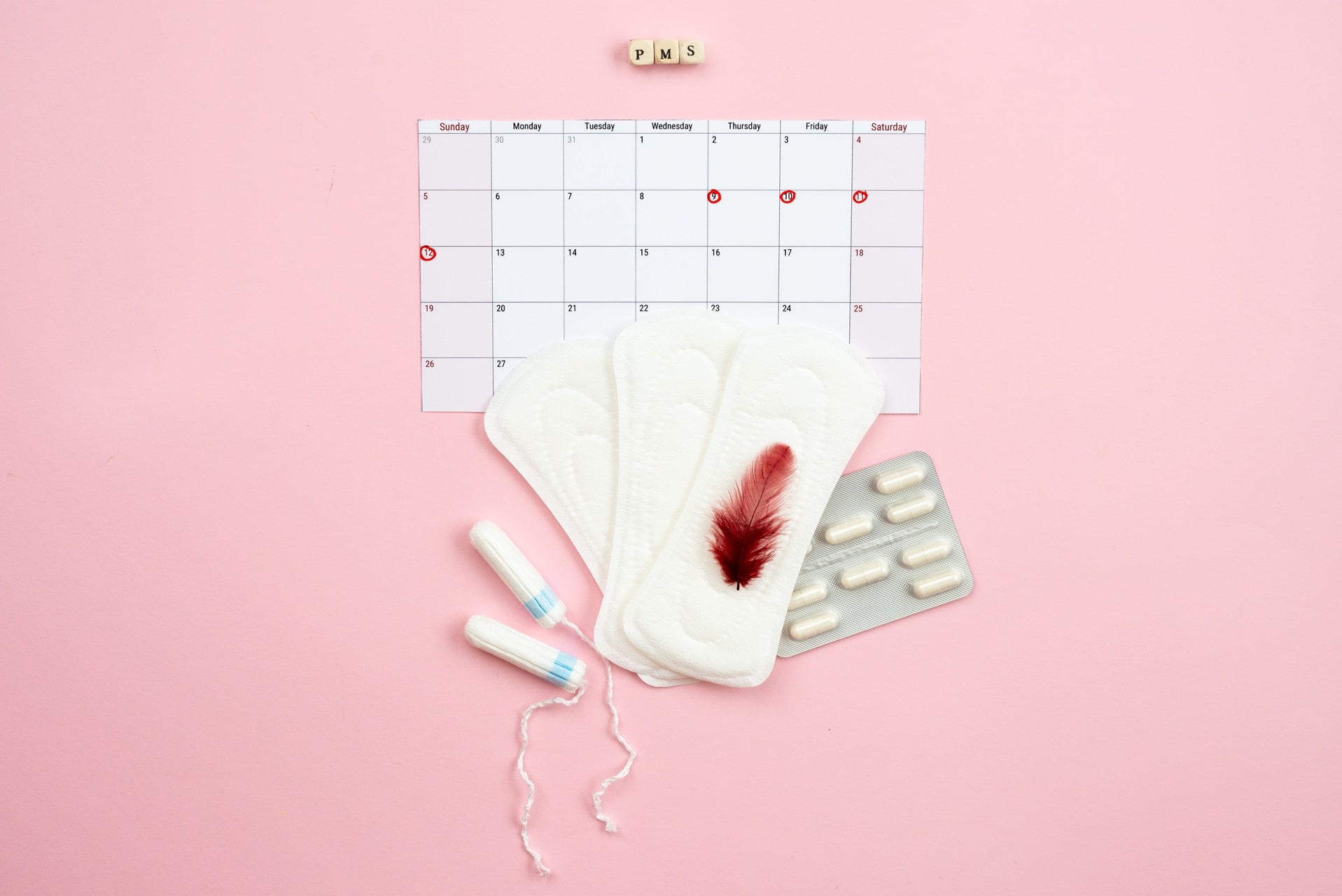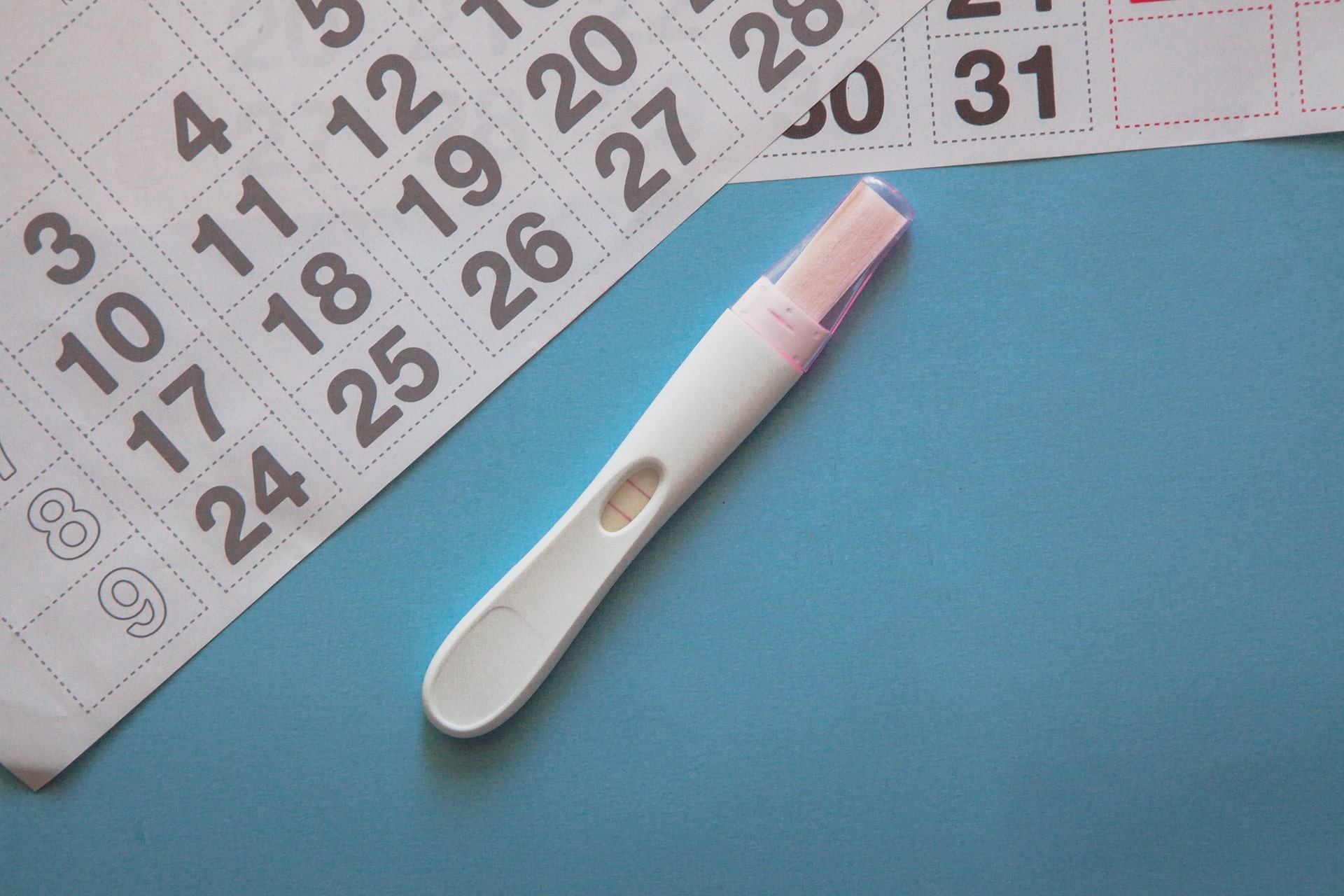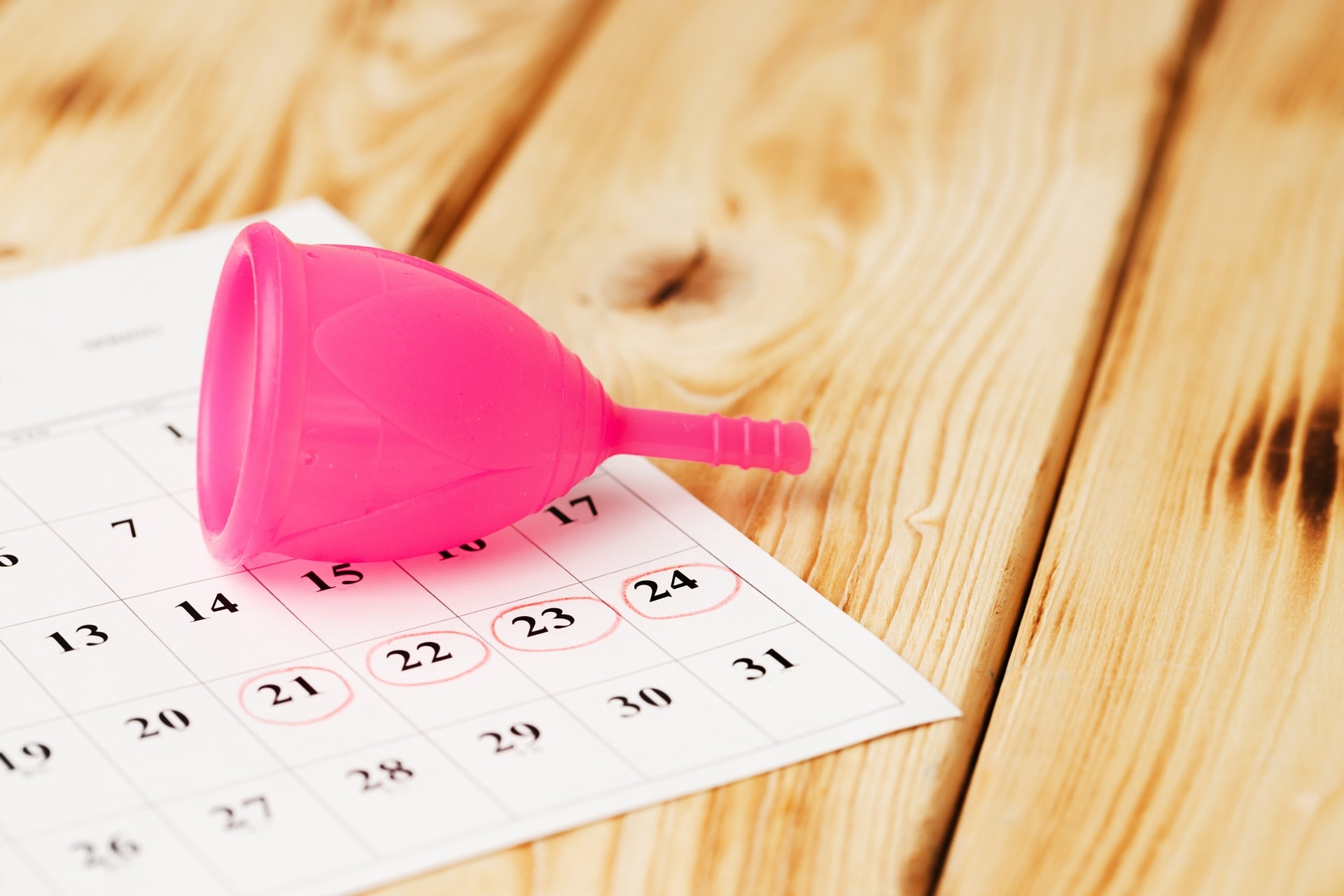Those who want to conceive may want to calculate their ovulation period. It is extremely important to calculate the period. Because thanks to the correctly calculated ovulation period, people can increase their chances of having a child by having sexual intercourse at the right time.
There are different methods for calculating the ovulation period. One of these methods is ready-made kits that make the calculation. In addition, it is possible to have information about the day of ovulation by measuring basal body temperature. In the basal body temperature method, which can be defined as the body temperature measurement when you wake up in the morning, the person should measure and note the body temperature every morning between two menstrual periods. With the effect of the hormone progesterone, body temperature increases by 1 to 1.5 degrees Celsius after ovulation. In the absence of ovulation, the temperature remains in a constant range. The body temperature usually rises one day after ovulation. Thanks to the basal body temperature table obtained, the person can understand when she ovulates. In addition, the ovulation period can be calculated in a practical way by following the menstrual cycle.

How to calculate ovulation by menstrual cycle?
It is easier to calculate ovulation for women with a regular menstrual cycle. The first day of the last menstrual bleeding is considered the start of a new menstrual cycle. The hypothalamus region in the brain stimulates the pituitary gland to activate the reproductive system. The pituitary gland, a gland gland, secretes follicle stimulating hormone and luteinizing hormone. Follicle-stimulating hormone stimulates the egg follicles and some of the eggs in the ovarian reserve enter the maturation process.

The luteinizing hormone causes the maturing egg to hatch. The egg is then released into the fallopian tubes where fertilization takes place. In order to calculate the ovulation period, the number of days between the start of the two menstrual periods must first be determined. Menstruation, which occurs on average every 28 days, can occur every 21 to 35 days.

For women who menstruate every 28 days, ovulation occurs on the 14th day before the first day of the next menstrual period. For women who menstruate every 30 days, ovulation occurs on day 16. At this point, for the correct calculation, it is necessary to subtract 14 from the number between the two menstrual periods. In other words, a person who menstruates every 35 days should make the calculation as 35-14=21. At this point, the person should have sexual intercourse on the 21st day to conceive. However, sexual intercourse can also be had before and after that day to ensure conception. In other words, the female egg remains viable in the fallopian tubes for 12 to 24 hours. Sperm, on the other hand, can remain viable in the female body for 4-5 days. Therefore, pregnancy can be achieved with sexual intercourse for 5 days before the 21st day or 24 hours after ovulation.









